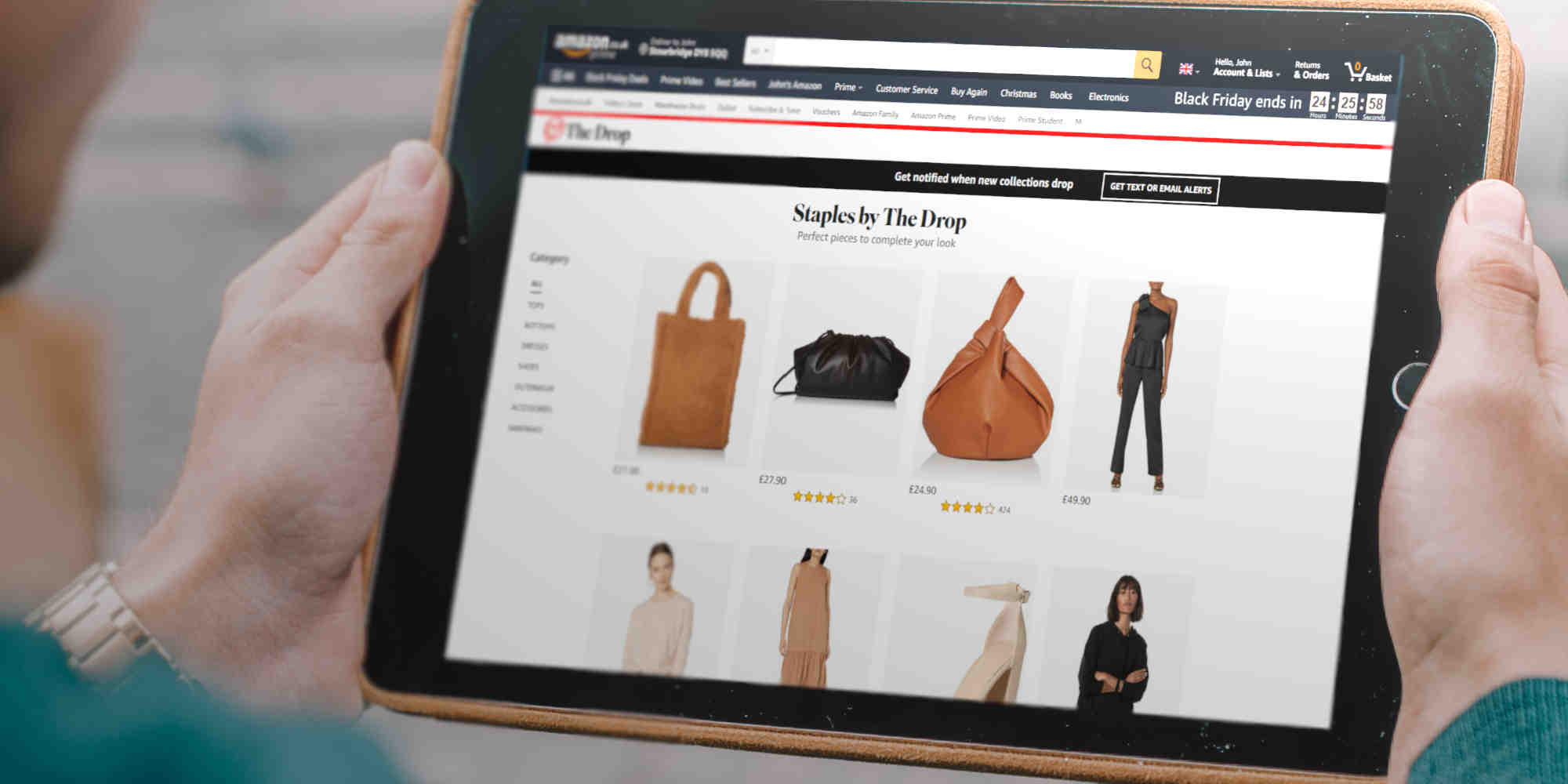In business, the ability to spot an opportunity before others is highly-prized.
I’m reminded of US electronics engineer Ralph Baer, who pioneered the idea of playing games through a TV screen and who invented one of the first-ever video games, ‘Table Tennis’. But it was only when entrepreneur Nolan Bushnell adapted Baer’s idea, added sound, the ability to change the ball’s angle of return and a tall wooden case that the game – Atari’s ‘Pong’ – took off.
And then there’s James Averdieck, who commissioned an agency to develop the branding for his new range of luxury desserts only to be told that a new foreign competitor had launched with the same sophisticated high-end look and feel he was hoping for. But when he learned the story was a ruse to persuade him to buy the agency’s branding proposal – the same brand he thought belonged to a competitor – he was overjoyed, and Gü desserts was born.
All too often we only see the true value of an opportunity in the rear-view mirror. And whatever your politics, it is undeniable that Brexit has prompted businesses to re-examine their appetite for international expansion.
Yet a Cebr survey run after the 2016 Brexit vote found that only 5% of SMEs planned to export more over the next five years.
Why the reticence?
Well, the number one barrier stopping UK businesses from exporting is “access to contacts, customers and the right networks” according to a recent Department of International Trade report.
For many firms, being able to test and make a success of new markets without having to build retail distribution, marketing, warehousing and logistics facilities first would provide a huge speed-to-market advantage that would allow you to find what works, quickly.
So, what if I told you there was a platform that offered access to hundreds of millions of customers in over 50 countries? And that as well as offering a ready-made customer base, this platform will even market, store, pack and ship your products for you?
Does that sound like something that would interest you? I’m not surprised.
And what’s more, you already know the platform’s name. Amazon.
Amazon is both the world’s biggest online marketplace and number one product search engine, ideal for those who want to get in front of in-market customers worldwide. Amazon sellers can reach an addressable market of 1.2bn online consumers.
Today nearly a third of all of Amazon’s global revenue comes from referral fees from third-party sellers, and that share is growing. This means Amazon is keen to find more businesses to partner with because when they grow, Amazon does too.
Amazon’s seller program has long been a way for exporters to establish a presence in new markets. For example, if an overseas firm wanted to start selling on Amazon.co.uk they could do so for around £25/month. All they would need to do is add and submit their inventory list and it would start to show up on the site in a few days’ time. That’s not the difficult part.
The real conundrum has always been how to kickstart success in order to quickly determine whether your investment in a new market is likely to pay off. That’s why Amazon’s decision to allow manufacturers to target advertising at the ready-to-buy consumers browsing Amazon’s site is so revolutionary.
Amazon’s ongoing aim is to put users first, and to help with that they have developed the A9 algorithm. A9 makes decisions about which products to show to prospective customers first. For example, a high-selling product with plenty of positive reviews will be shown to users before a new product with no sales or reviews history. That’s great news for established Amazon sellers, but not so great for exporters testing out a new market. But by using pay-per-click advertising on Amazon you can short-circuit the process.
There are three main options open to an Amazon seller
- Sponsored products – delivers the greatest number of eyeballs and sales, and allows you to place your products prominently at the top of search results.
- Sponsored brands – enables you to take over the space that appears above the search results.
- Display ads – Amazon helpfully allows you to place these on a competitor’s brand page – annoying for them, but great for you.
And if you want to improve your chances of a successful ad campaign, a growing number of digital agencies, which includes ClickThrough Marketing, can set up and run them for you.
No-one gets into manufacturing because they love handling logistics, distribution or marketing. We get into business because of the passion we have for the things we manufacture, and our desire to share them with the world.
Amazon advertising allows exporting manufacturers to test, build and dominate new markets and get back to what they do best – creating products they love.
Request a free insight report looking at the Amazon sales potential for your product on Amazon in one territory.
This article was originally published in World Trade Matters – the quarterly journal from the Institute of Export & International Trade.













.jpg)

